“I used to work exclusively on watercolor papers, and I still have my students start in that traditional way,” Kennedy explains. “But I reached a point at which I wanted a surface that would allow me to manipulate the paint more creatively and to use different mark making techniques. Paper is wonderful, but once the pigment stains the fibers there are limits on what one might do. Even the hard surface of hot-pressed paper inhibits the process of editing an image. When I tried using Ampersand Claybord and Gessobord, I saw the potential to develop an entirely different kind of image with watercolors.”
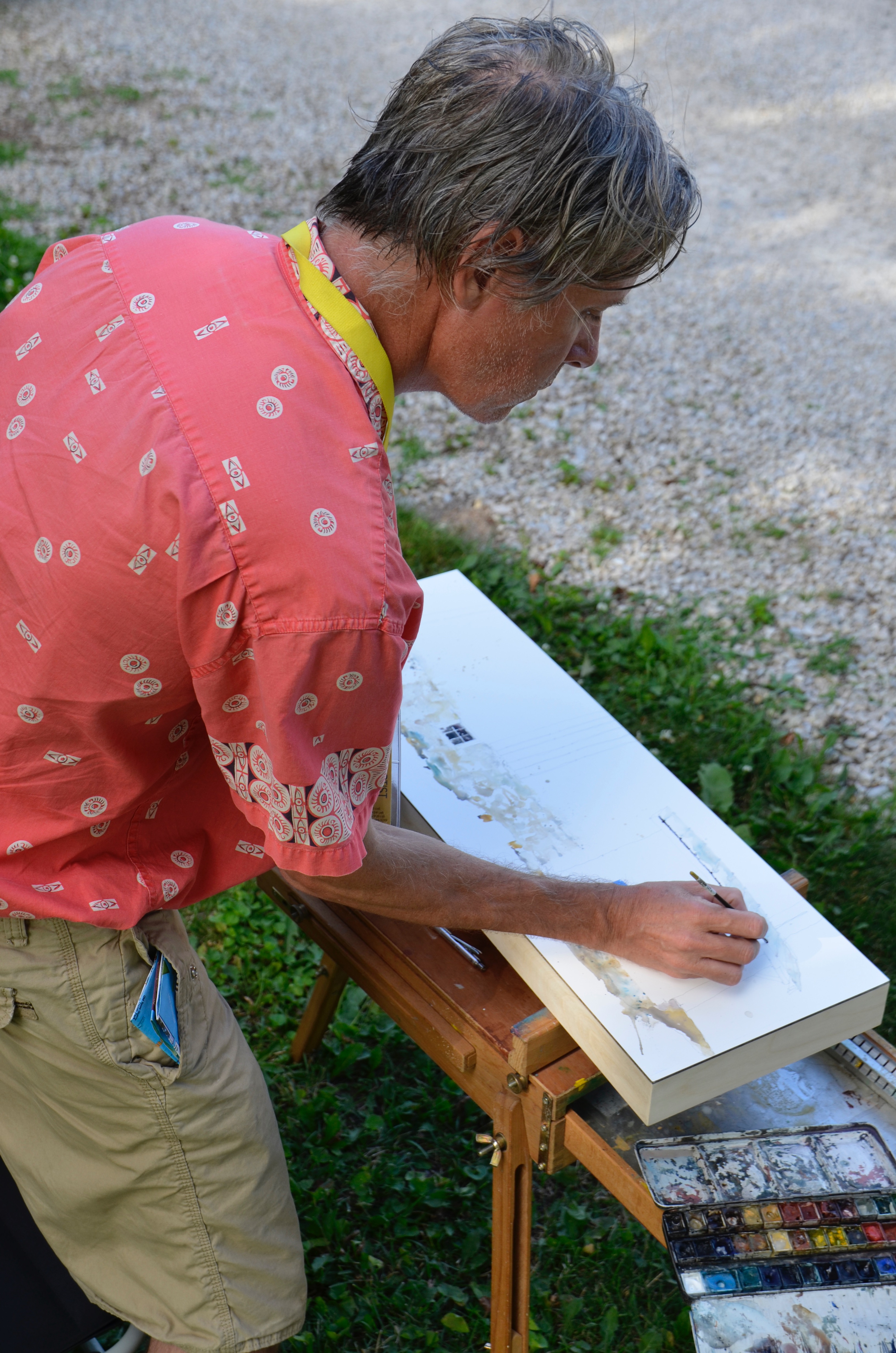
Eventually, Kennedy developed a preference for panels he had made himself in a range of wide, horizontal and vertical shapes that further expanded his creative options. “ I now have the panels made for me with luan braced in the back to keep them flat and to give them a 3/4-inch profile, and I prepare the surfaces with three coats of acrylic gesso that I sand between applications,” he says. “When I am finished painting on one of these panels, I fix the watercolors by applying three coats of Krylon UV matte varnish over the entire surface of the panel. That seals the paints and obviates the need for glass or Plexiglas glazing.”
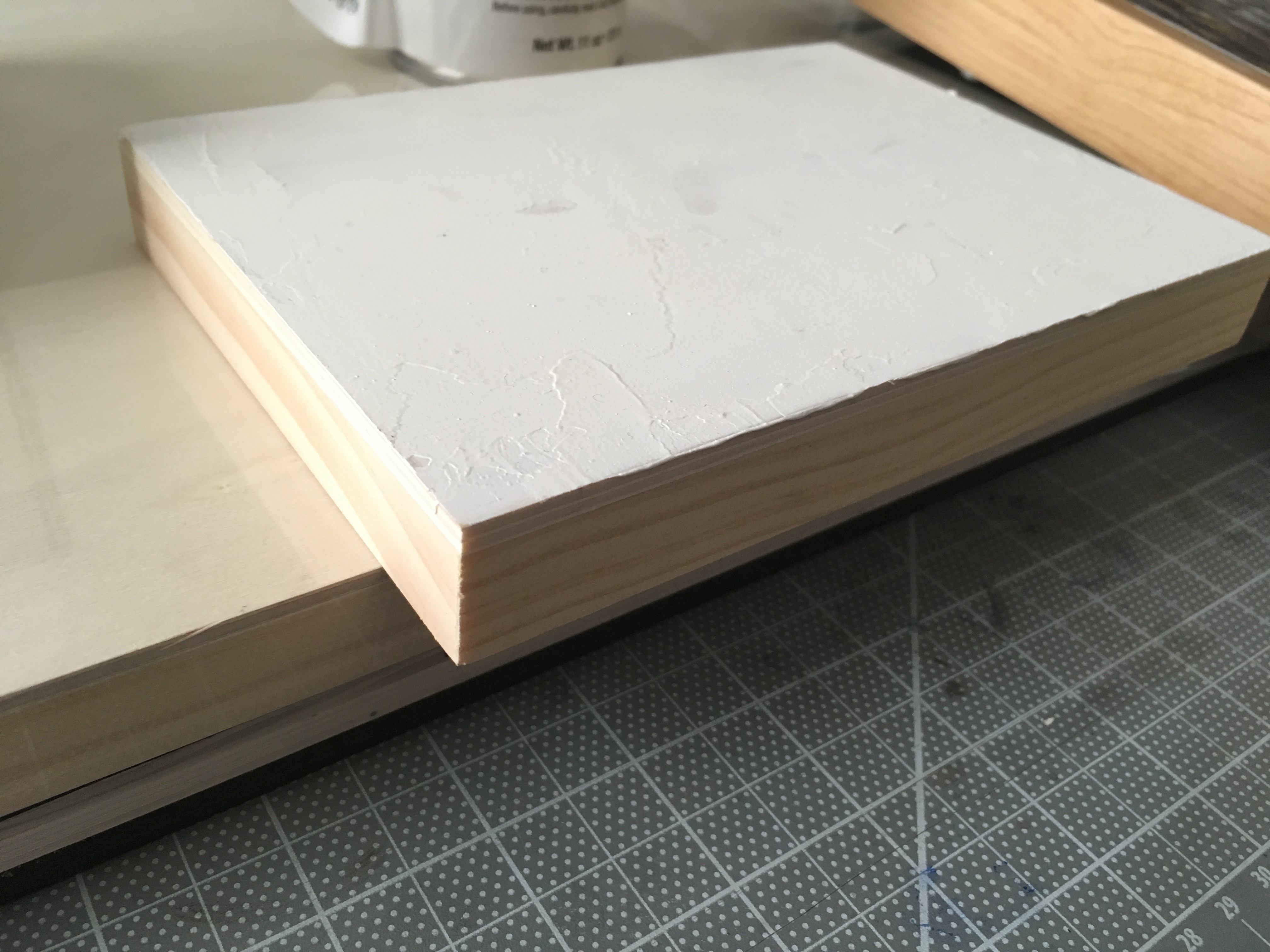
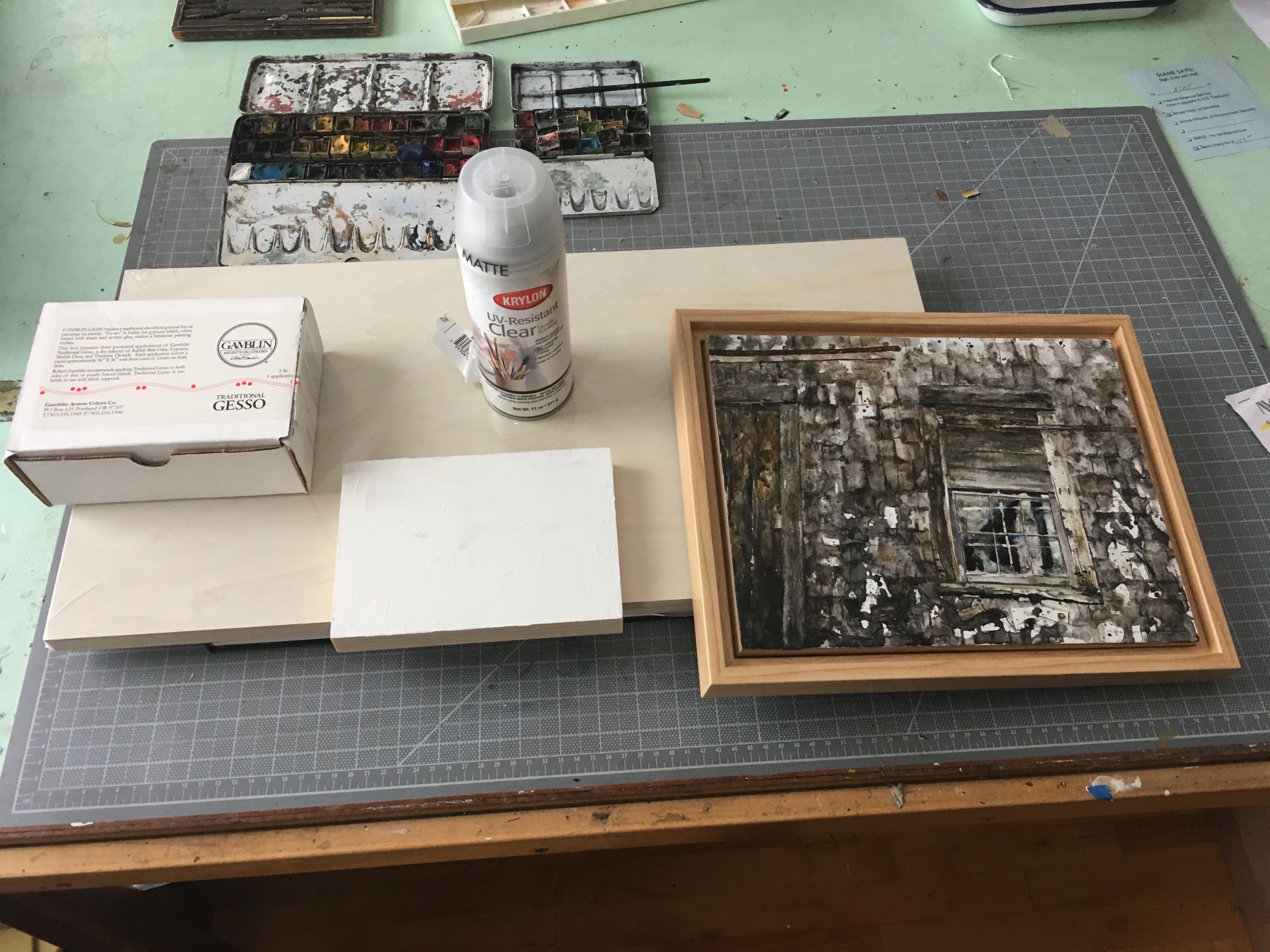
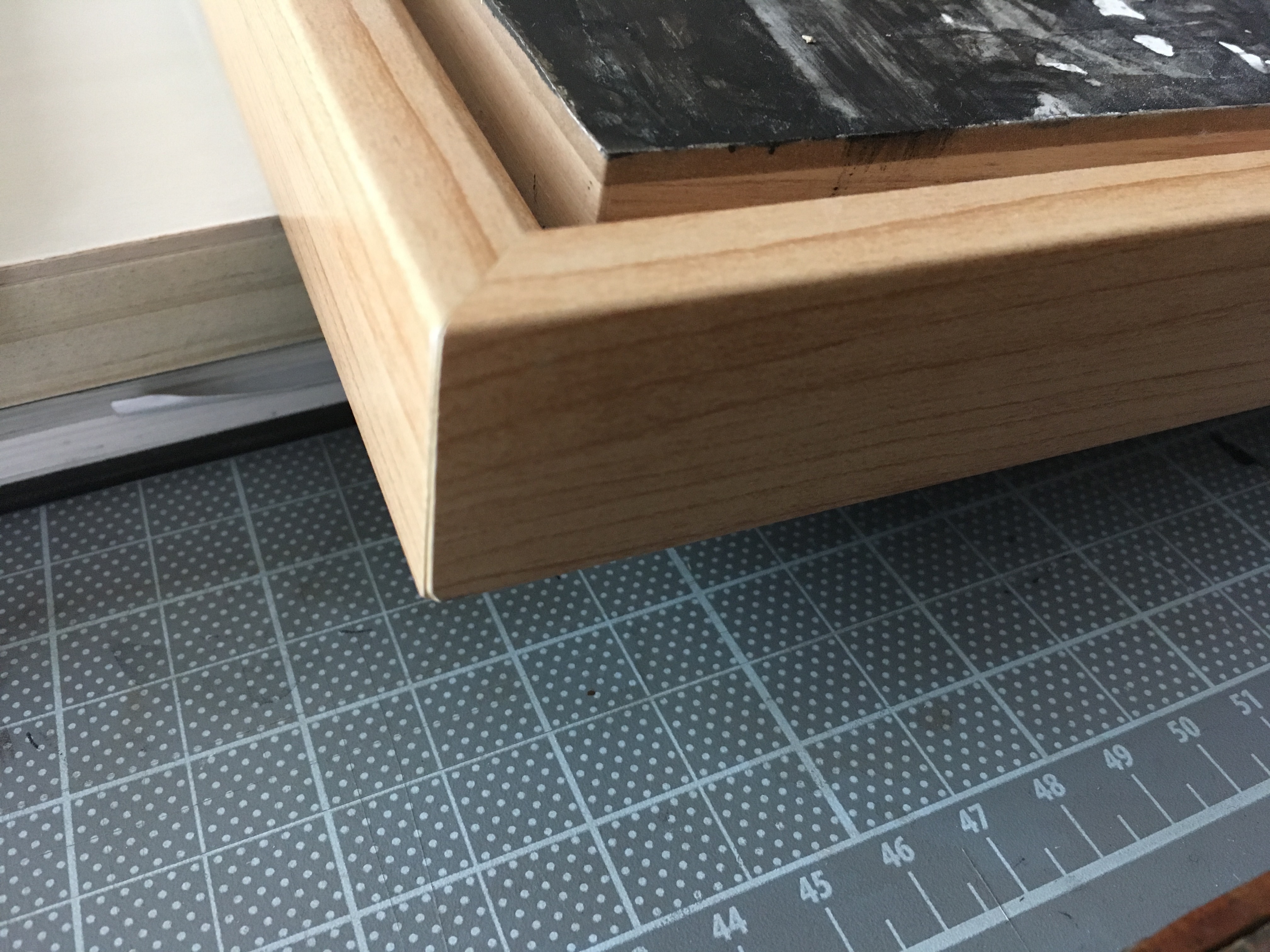
The gesso is a totally forgiving surface because it is almost non-absorbent, and the watercolors sit on the surface, so they can always be rewetted, scraped, or built up into a more opaque finish,” says Kennedy. “The paint will pool, puddle, retract, dry with dark rings around the painted shapes, and change in appearance as the water evaporates and leaves the dry pigment in place. That might frustrate a traditional watercolorist who is trained to control diluted pigment on paper, but to me it adds another dimension of time, heat, gravity, and evaporation. I can continue responding to the flow of paint until I am satisfied with the image, and then I can fix it with the Krylon varnish.”
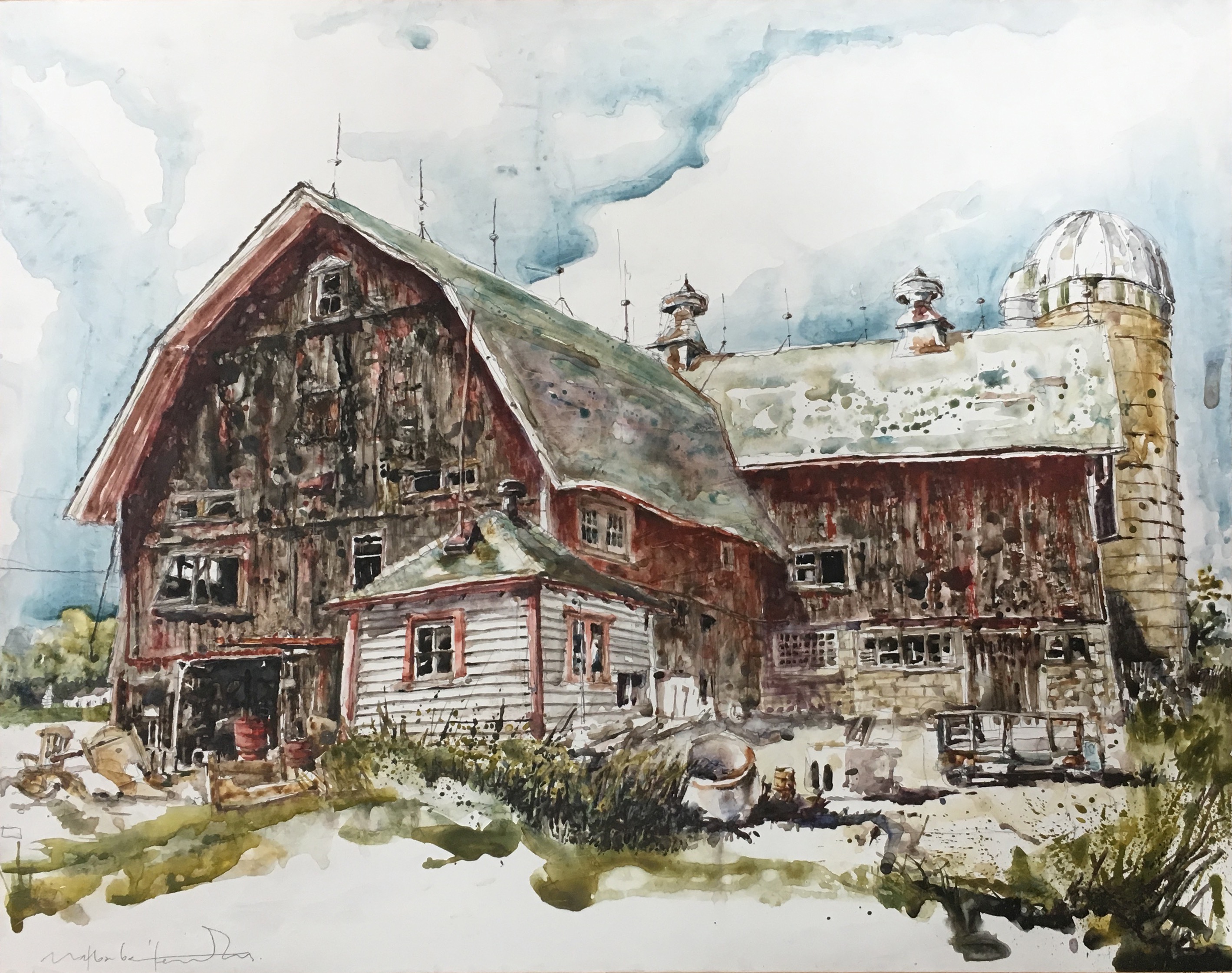
Recently, Kennedy has been applying watercolors directly from the tube onto the gessoed board without adding water. Then he moves the paint around with a palette knife as he would oils. “Because of my extensive background in architecture, I don’t have any trouble working without an underlying graphite drawing or a carefully sequenced application of paint,” he says. “I’m confident that I can paint things in accurate perspective and develop an effective composition of shapes and values even while I let the paint do what it wants. I can wet areas of color, scrape the paint, scratch into the surfaces, and make forceful gestures without damaging the surface or making irreversible marks. The randomness of the paint’s movement can lead to an energetic, suggestive, and mysterious image that emerges from the white surface. Leaving white spaces is very important to my compositions because the abstracted patterns emphasize he strong design elements.”
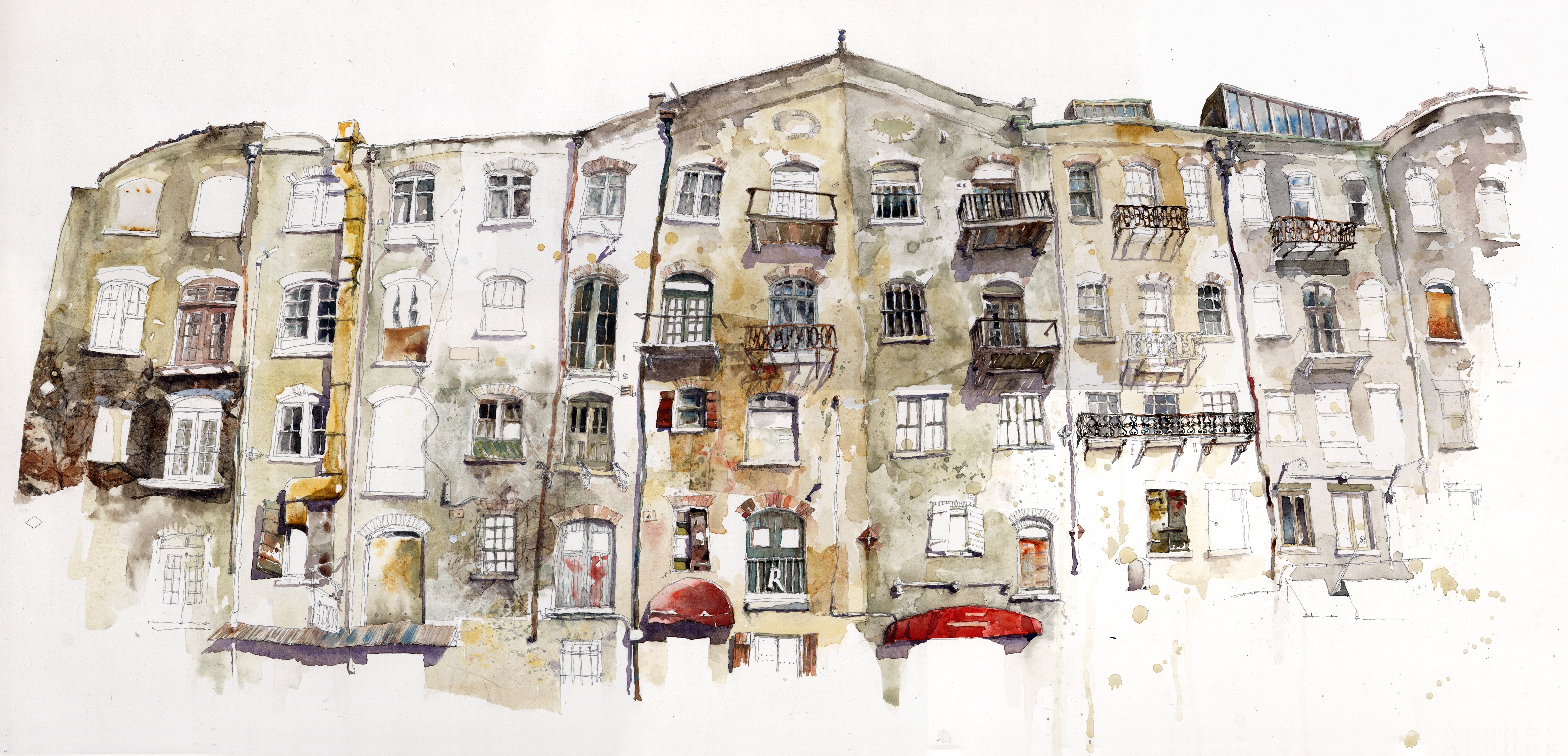
While exploring various ways to move away from watercolor on paper, Kennedy tried different paints and surfaces. “I like the bouncing translucence of transparent watercolor on a smooth, reflective surface, but I tried other paints just to see what creative options they might present,” the artist says. “I used gouache once but found it became too milky and muddy for what I wanted to achieve, but I did keep one tube of titanium white gouache that can be useful with watercolors to cover up things or make something pop (like Winslow Homer!). I also used acrylics at one point, but the fast drying time and semi-opaque layers didn’t satisfy me; and I’ve used oil paints, but so far the paintings I’ve created look like bad versions of my watercolors because I thin the colors too much. I’m still trying to find a way of working with oils, but I’m not really looking to give up on watercolors because there is still so much potential in the medium I haven’t realized.”
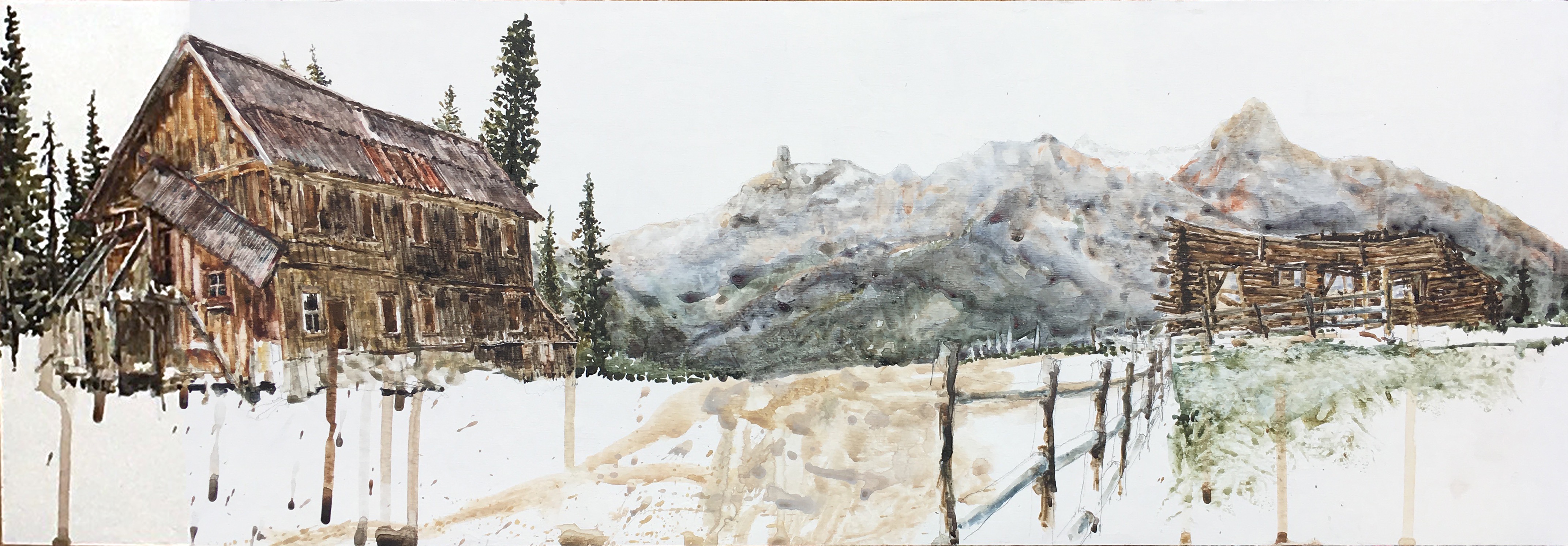
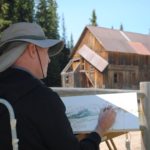
MAT BARBER KENNEDY grew up in the U.K. in a family of architects and art collectors, and he studied architecture at the Royal College of Art in London. He moved with his family to the U.S. in 1995 and became a full-time artist and teacher. He currently teaches undergraduate courses at the American Academy of Art in Chicago. He was featured in the October-November 2017 issue of PleinAir Magazine.

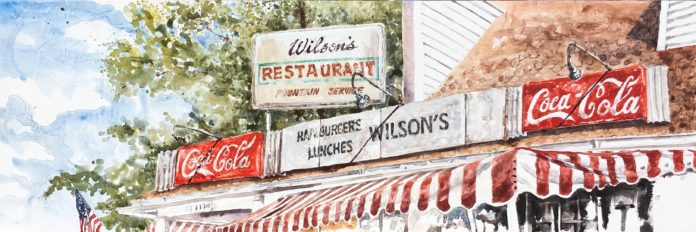
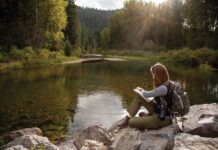
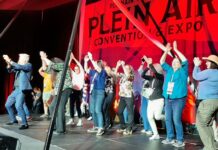
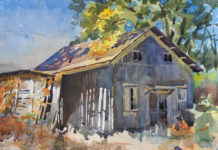




This is a great article. I do crave a new surface. I did not know that you can paint on the gesso? I just purchased DS Watercolor Ground. The other observation is that the Clay board and the Gessoboard are not permitted into watercolor shows? Made for watercolor, not approved by Watercolor Society. There is a disconnect – perhaps time for the Watercolor Society to update protocols?
Thank you for the great idea. Have you ever used Ampersand Aquaboard? (I realize that making your own panels is more economical, but just curious.)
Also, what is luna? Are you using it for the cradle frame, and/or for cross bracing on the back of the panel?
My apologies for the typo. I meant to say: What is luan? Many thanks, Susan
I have found that portraits on Gessoboard are very lively. Your article reminds me to go back and try some more portraits and other subjects on Gessoboard.